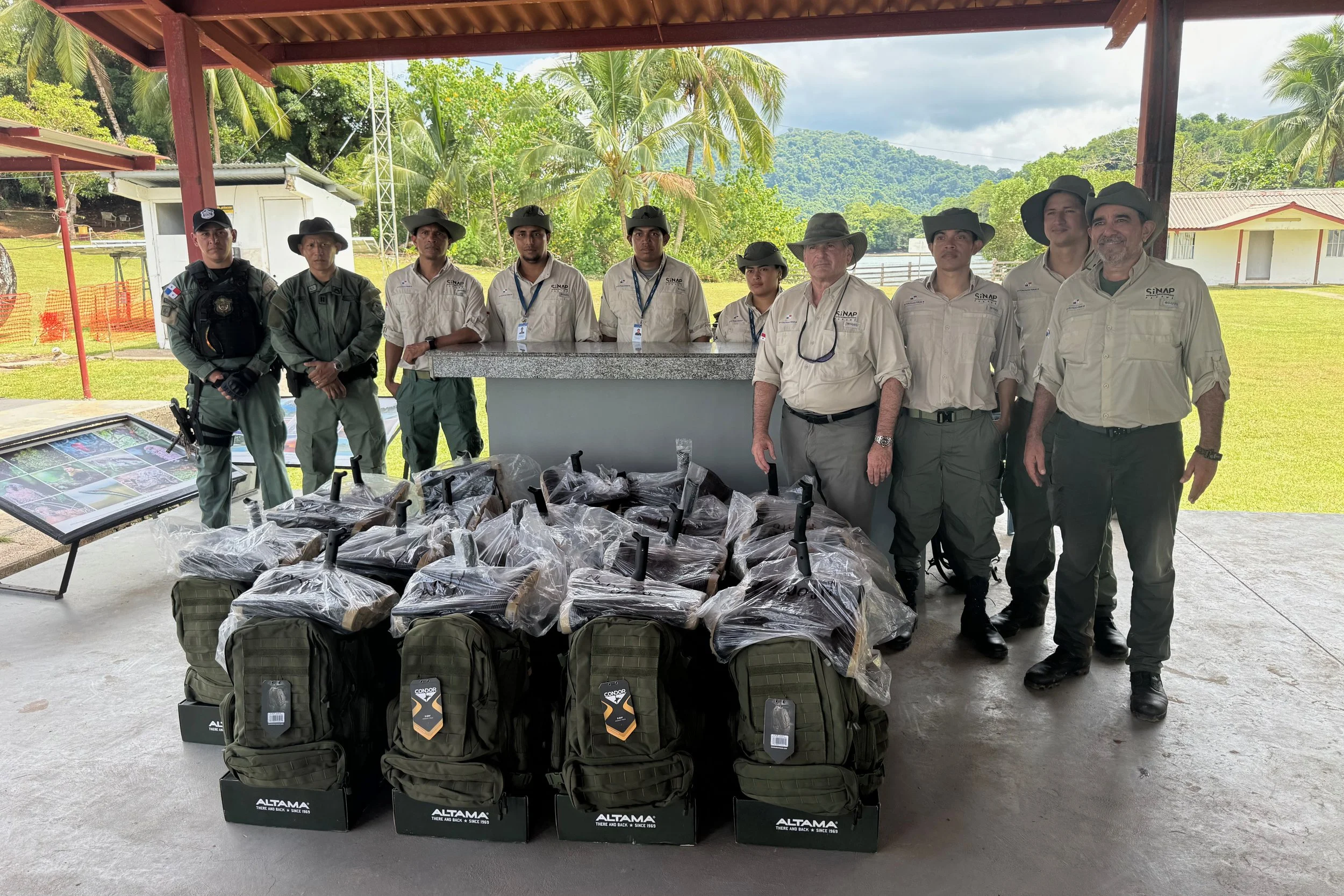Marine Monitor Assists Major Illegal Fishing Bust
Global Conservation and our partners celebrate the conviction in San Diego courts of Helgren’s Sportfishing, through owner Joseph Helgren, who pleaded guilty to violation of Fish and Game Code section 12012.5 – illegal fishing by permitted commercial operator in a California Marine Protected Area (MPA).
Each day on the 3,000-mile-long California Coast, hundreds of illegal fishing boats haul their illicit catch from protected spawning areas within California’s network of 128 Marine Protected Areas (MPAs).
With Marine Monitor radar systems providing 24/7 surveillance of endangered MPAs combined with rapid response law enforcement, the State of California now has fighting chance against illegal fishing which is estimated to steal over $240 million a year from coastal waters and marine protected areas. Illegal fishing in California’s MPAs destroys our ability to regenerate critical fish stocks for the legal fishing industry needed to feed people, and recreational fishing which together generate over $1.2 billion in revenues a year.
This use of high technology to protect marine life had its first big catch this week with the successful prosecution of charter vessel Electra, which was caught fishing one mile inside Swami’s MPA just north of San Diego.
Mobile Marine Monitor in California’s Channel Islands. Credit: Protected Seas
Using the Marine Monitor radar system, long range cameras and AI alerts, the Encinitas Lifeguards arrested Electra’s captain, who had twelve paying customers that were illegally fishing inside Swami’s MPA. More impressive, unlike many charter fishing operators before who were let off the hook, Electra’s owner pled guilty. We are very pleased to see the Marine Monitor radar system successfully used to prosecute and convict an illegal fishing operator in the court of law”, said Jeff Morgan, Executive Director of Global Conservation, which has funded Marine Monitor deployments in six California MPAs and eight internationally in Belize, Palau, Baja Sur, Mexico and Ecuador.
“We are very pleased to see the Marine Monitor radar system successfully used to prosecute and convict an illegal fishing operator in the court of law.”
This case went before the San Diego District Attorney for prosecution, as the first major arrest directly attributed to the Marine Monitor system. A San Diego County judge imposed a $5,000 fine and issued an order to stay out of Swami’s SMCA for one year. It was the first implementation of increased commercial poaching fines and penalties under Assembly Bill 2369, authored by San Diego Assemblywoman Lorena Gonzalez Fletcher.
AB 2369, which is specific to illegal activity in California’s MPAs, went into effect in Jan. 2019. This bill dramatically increased the fines for commercial poaching in an MPA. Charter boat captains and others turning a profit from fishing now face penalties of between $5,000 and $40,000 for a first offense — up from just $100 to $1,000. A second offense can result in a suspended license and a commercial operator owing the state up to $50,000.
Combined with a new dedicated California Fish and Wildlife Marine Team and AB 2369 signed by Governor Brown to strengthen penalties for commercial poaching violations in state MPAs, things are shaping up well to have great continued and amplified progress in the next couple of years.
Marine Monitor Command Center for tracking illegal fishing vessels in ‘No Take’ MPAs.
Lifeguards of Encinitas are highly responsive and excited to use the system to enforce their area, and the City of San Diego wants to deploy soon. The lifeguards observe poaching in the MPA almost daily using the Marine Monitor, and they have been diligent in forwarding what they’ve seen to site partners and authorities.
David Bess, California Department of Fish and Wildlife (CDFW) Deputy Director and Chief of the Law Enforcement Division stated: “We hope the Electra case disposition will send a message that commercial fishing in an MPA will be stopped by wildlife officers and will result in substantial fines.”
San Diego Marine Monitors located in South LaJolla and Scripps Marine Institute.
Marine Protection in California
California’s network of over 120 MPAs covers about 16% of coastal waters, or roughly 13,500 square kilometers (5,200 square miles). Restrictions in these MPAs vary from ‘No Take,’ prohibiting any removal of marine life, to ‘Recreational Take’, allowing only designated fish species, such as salmon, sardines, mackerel and tuna. The idea is to create protected spawning grounds that help marine life rebound and eventually repopulate the fishable areas.
Over the past ten years, tens of millions of dollars have been spent to establish and scientifically monitor the California Marine Protected Areas. While this has been a great achievement for scientific marine conservation, California’s MPAs remain largely unprotected from illegal fishing and wildlife poaching. We are working to put the capital ‘P’ into Marine Protected Areas in California.
The Marine Monitor system being used in Palau, Micronesia.
Proving Ground for Reaching Global Scale
Global Conservation has been funding the deployment of a Marine Defense Network of marine radars to protect California’s endangered Marine Protected Areas (MPAs) over the past five years. Now, there are eight Marine Monitors operating on California’s 3,000 mile coastline. California is an important proving grround, where Global Conservation can design and test new systems and technology before sending them to our global project sites.
Before deploying the Marine Monitor in faraway locations during early-stage testing and technology development, Global Conservation began close to home in California with Channel Islands National Park and La Jolla MPAs where we could work closely and directly to secure feedback and rapid turnaround of new features. We are deploying Marine Monitors in six California MPAs as well as on Hawaii’s Big Island on the South Kona Coast.
Marine Monitor systems are off-the-shelf, but, like any new technology, software and integration with solar, batteries, video cameras, AIS & VMS sensors, and drones has been best close to home. Now weather-hardened and battle-ready, we can deploy Marine Monitor radar with confidence.
Marine Monitor Radar providing 24/7 surveillance against illegal fishing.









